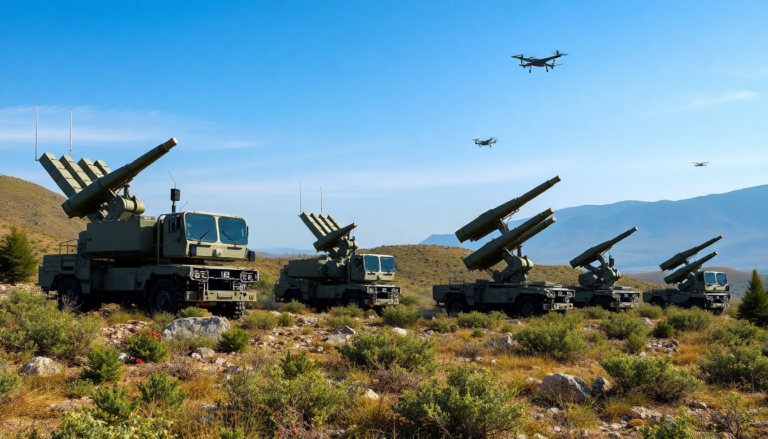Argomenti trattati
When it comes to modern war gaming, the rise of multi-SAM systems has dramatically changed the game. Have you noticed how traditional strategies, including the deployment of nuclear weapons, now require a fresh perspective? This evolution not only showcases advancements in game mechanics but also demands that players adapt their tactical approaches if they want to stay competitive.
Understanding the New Landscape of Air Defense
The introduction of radar-guided air defense systems has truly revolutionized aerial operations in war games. These systems, which can lock onto aircraft from impressive distances, effectively diminish the edge that older bombers once had. So, what does this mean for players? The feasibility of reaching designated drop zones to deploy nuclear weapons has taken a significant hit. Now, players must evaluate whether their chosen aircraft can withstand the scrutiny of these sophisticated defensive measures.
The integration of multi-SAM systems serves as a potent reminder that the evolution of the game is a double-edged sword. Sure, it enhances realism and strategy, but it also complicates the execution of high-stakes maneuvers, like nuclear strikes. For those players used to overwhelming force, this new balance can feel quite daunting. The odds of successfully deploying a nuke against a well-prepared opponent have plummeted—especially if that opponent is already on the defensive.
Adapting Strategies for a New Era
Given these changes, it might be time for developers to rethink how nuclear capabilities are woven into gameplay. What if they introduced new delivery systems that could enhance the viability of nuclear strikes, even in the face of multi-SAMs? Imagine aircraft designed for stealth or equipped with electronic countermeasures to disrupt radar systems.
Additionally, players could greatly benefit from new support roles focused on suppressing air defenses, creating a tactical synergy that allows for coordinated attacks. This approach wouldn’t just breathe new life into the nuclear deployment mechanic; it would also foster teamwork and strategic planning among players. The idea of multi-SAMs is solid, but the surrounding mechanics need to evolve to ensure that everyone can engage with these systems effectively.
The Future of Tactical Gameplay
As war games continue to evolve alongside technology, the balance between offense and defense will remain a hot topic for both players and developers. The introduction of multi-SAM systems underscores the critical importance of innovation in gameplay mechanics and the ongoing need to reassess existing strategies.
In conclusion, the landscape of aerial combat in war games has changed dramatically, but this shift offers a fantastic opportunity for players to rethink their strategies and adapt to new challenges. By embracing these changes and exploring fresh tactics, players can successfully navigate the complexities of modern warfare and continue to thrive in this competitive environment. Are you ready to take on the challenge?

